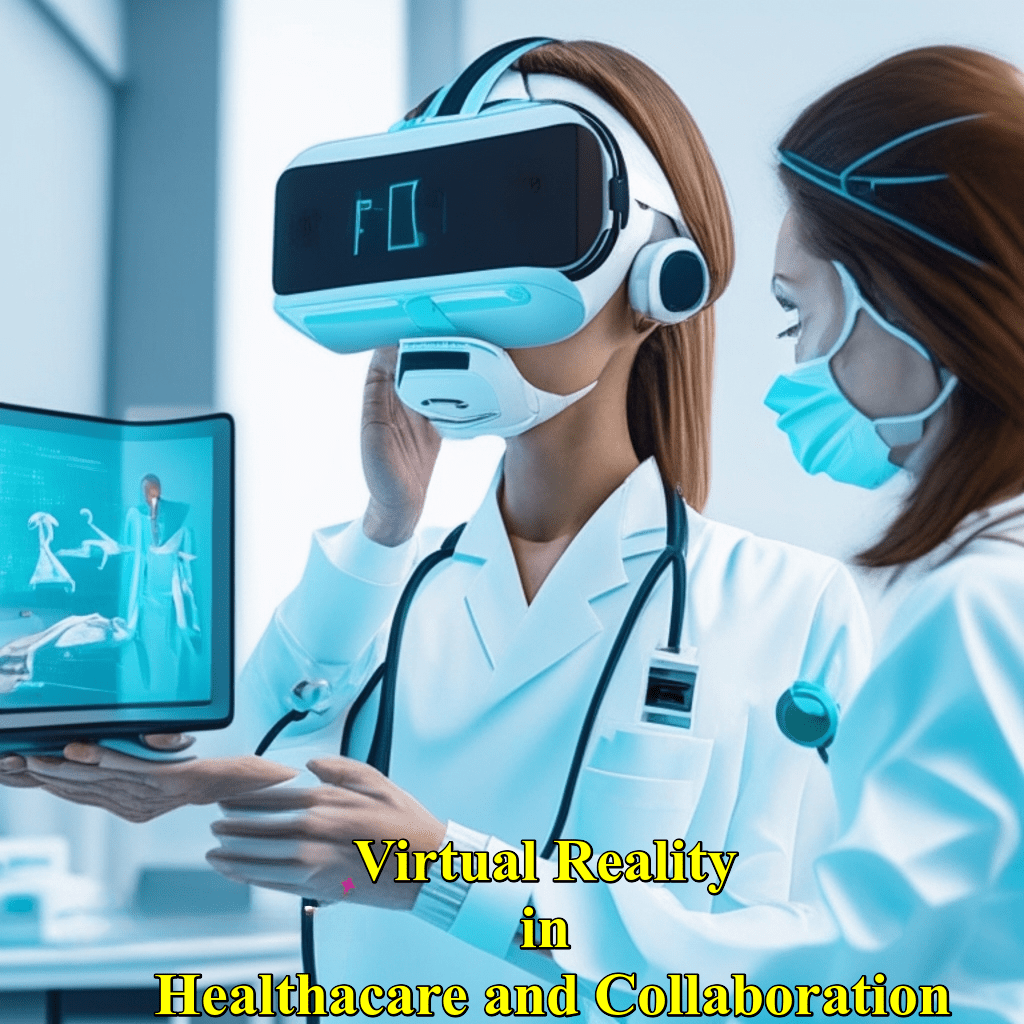
Virtual Reality : Powerful Digital Experience Anyone Could Ever Have
Introduction
In recent years, technology has taken a giant leap towards the future, and one of the most revolutionary innovations that have captured the world’s imagination is virtual reality (VR). This emerging technology has evolved from being a niche interest to a mainstream phenomenon, transforming the way we interact, entertain, and work. In this blog, we will delve into the fascinating world of virtual reality, exploring its current trends, applications, and the potential impact it holds for various industries.
1. Understanding Virtual Reality
1.1 What is Virtual Reality?
Virtual reality is an immersive computer-generated experience that simulates real-life scenarios or imaginary worlds. It typically involves wearing a VR headset and interacting with 3D environments using specialized controllers. As users engage with VR content, they feel a sense of presence, as if they are physically present within the digital realm.
1.2 How Does VR Work?
VR technology relies on a combination of hardware and software components. The VR headset houses screens that display high-definition images to each eye, creating a stereoscopic effect. This, coupled with motion tracking sensors, allows users to move their heads and have the virtual world respond accordingly, enhancing the sense of immersion.

2. VR in Entertainment and Gaming
2.1 Gaming Revolutionized
Gaming has been at the forefront of VR adoption, offering an unparalleled level of immersion and interaction. With VR, players are no longer mere spectators; they become active participants within the game world. As VR game libraries expand, developers are pushing the boundaries of creativity, delivering captivating experiences that transport players to fantastical realms and intense simulations.
2.2 Cinematic Virtual Reality
Beyond gaming, VR has also opened up new possibilities in cinematic storytelling. VR movies and experiences allow viewers to be part of the narrative, offering a unique and emotionally engaging perspective. Directors experiment with this immersive medium, blurring the line between traditional filmmaking and interactive storytelling.
3. VR in Education and Training
3.1 Interactive Learning Environments
Virtual reality has the potential to revolutionize education by providing students with interactive and realistic learning environments. From historical reenactments to scientific simulations, VR enables educators to create engaging and memorable lessons that cater to different learning styles.
3.2 Training and Professional Development
In the corporate world, VR is making waves in training programs. Industries like aviation, healthcare, and manufacturing are leveraging VR to offer hands-on training without the associated risks. This technology helps professionals refine their skills and knowledge in a safe and controlled environment, leading to increased efficiency and improved performance.
4. VR in Healthcare
4.1 Pain Management and Therapy
VR has shown promise in managing pain and anxiety during medical procedures. By immersing patients in calming and distracting virtual environments, healthcare providers can reduce discomfort and stress, ultimately enhancing patient experiences.
4.2 Rehabilitation and Mental Health
In the realm of physical therapy and mental health, VR-based rehabilitation programs are gaining traction. From assisting stroke patients in regaining motor skills to treating phobias and PTSD, VR therapy offers personalized and effective interventions.

5. Social VR and Collaboration
5.1 Socializing in the Metaverse
The metaverse, a shared virtual space where users can interact in real-time, is becoming increasingly popular. Social VR platforms enable people from around the world to connect, socialize, and participate in various activities together, transcending physical boundaries.
5.2 Virtual Collaboration
In the context of remote work, VR is transforming the way teams collaborate. Virtual meeting spaces and collaborative tools allow distributed teams to hold immersive meetings, fostering a sense of presence and teamwork that traditional video conferencing cannot match.
Conclusion
Virtual reality has come a long way since its inception, and it continues to shape the future of technology and human interaction. As VR technology advances, we can expect even more exciting applications and experiences across diverse industries. From entertainment and education to healthcare and beyond, virtual reality is redefining our digital experience, opening up a world of possibilities we could only dream of before. So, fasten your VR headsets and get ready to explore the limitless horizons of this transformative technology!
So Guys that’s it for this blog. I hope you will love this blog and do not forget to share with your family, friends and loved ones. If you guys liked this blog then make sure to do comments for more blogs.Expecting you had to be aware of our group then, similarly check our about us page. Don’t neglected to share our site exploreinhinglish.com .